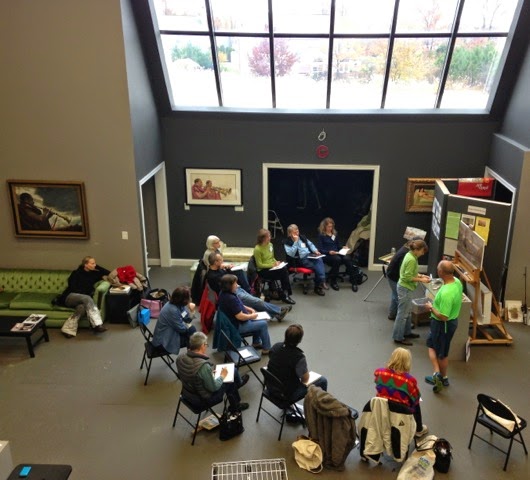January 2014-First magazine cover and story. Painting in Big Sur, my other coast.
First completed-in-one-go plein air painting. Whether or not that approach is worth anything is open to debate, but I like this one.
First time in living memory Pensacola saw ice encased trees
February-First art talk presentation
April-First invite to teach a plein air workshop
May-First satisfyingly successful art fair in Sandestin Florida. Hope to see you there this year!
May/June - First month long painting road trip. Can't wait for the next one!
November - First workshop. I don't mess around- I went for the best with Scott Christensen!
Other notable firsts this summer and fall:
First productive Gallery Night and invite invite into a new gallery. First meeting with an energetic artists networking group.First time participating in Pensacola's juried First City Art Exhibit.
All in all it's been the best year yet both for art business and for the many new friends in art I've met in person and online.
Wishing a Happy, Healthy, and Productive 2015 to you! What firsts are you hoping for this year?


















































